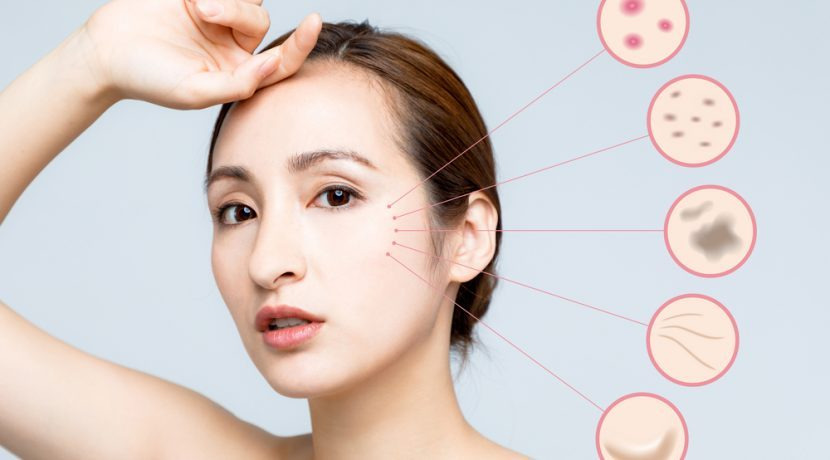Lasers using alexandrite crystals are alexandrite lasers. In the infrared spectrum, alexandrite lasers emit light at a specific wavelength (755 nm). This type of Laser Hair Removal emits red light.
The Q-switched mode is also available for Alexandrite lasers. Using Q-switching, the laser produces a high-intensity Vacuum Cavitation System beam over a short period.

How an alexandrite laser work?
Laser wavelengths are converted to heat energy, resulting in damage to selected target areas. Alexandrite lasers operate via photothermolysis, which means that light is used to heat up a selected area for Alexandrite Laser destruction (lysis).
Long-pulsed alexandrite lasers can be safely and effectively used to reduce hair growth. The effectiveness of treatment varies with anatomic location, pulse duration, and several treatments. The greatest hair reduction was achieved using a single pulse design at a pulse duration of 10 msec and a dose of 20 J/cm2.
Is Alexandrite Laser safe?
There are risks associated with any surgical or non-surgical procedure, including the Alexandrite Laser. However, the Alexandrite Laser has been cleared by bestbeautyequipment.com to effectively treat various issues related to skin tone and pigmentation. The trainer has trained other physicians in laser procedures, emphasizes the importance of seeking out a physician who has experience with laser treatments.
Alexandrite Laser downtime
Patients report feeling a pinpoint sensation of heat for up to 30 minutes after the Alexandrite Laser procedure. The procedure itself usually takes less than 15 minutes.
To avoid unintended scarring, it is critical not to pick at scabs or wash the area too vigorously during recovery. The treated areas will become dark, rough, and sensitive as they heal. In this period, the area needs to be protected from exposure to the sun and other irritations.

Alexandrite Laser results
Patients with smaller brown spots will benefit from one or two Alexandrite laser treatments. Larger pigmented areas may require several treatments. Once the spots are treated, they are unlikely to return. New pigmentation can be prevented by using sunscreen and wearing sun protection clothes.